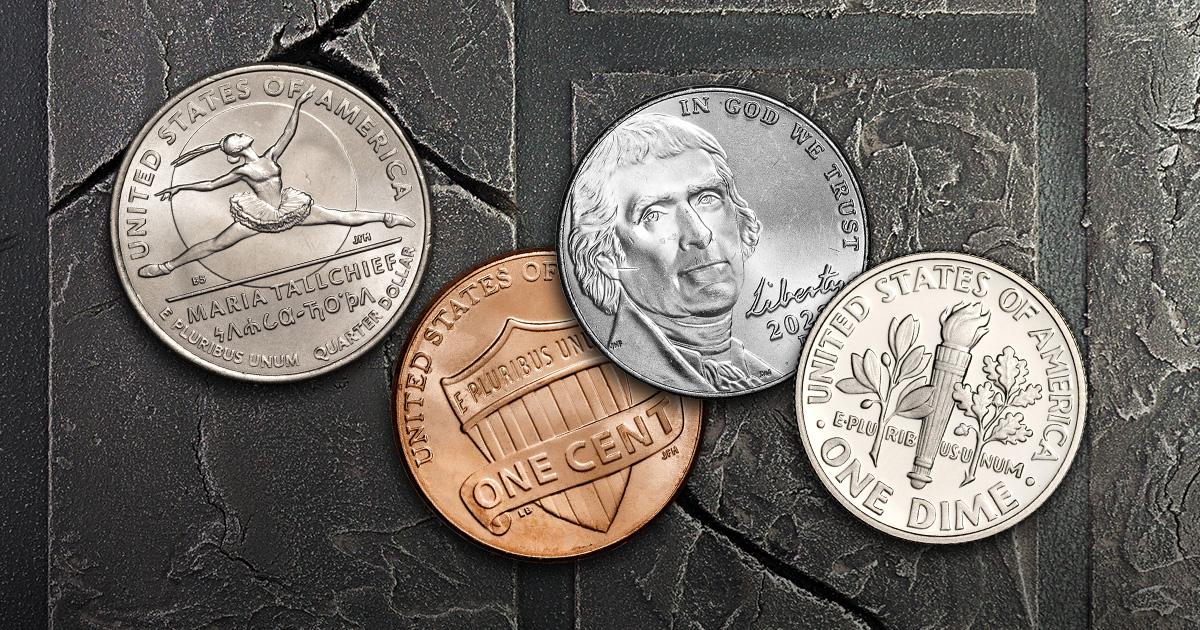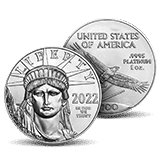
Coins are an essential component of commerce, but have you considered how long they last in circulation? Understanding the 30-year average lifespan of a coin sheds light on its durability, value, and the economics of currency production. From their creation to eventual recycling, coins are subject to numerous factors that influence their longevity.
Average Lifespan of Coins
On average, coins remain in circulation for about 25 to 30 years. Here’s a detailed look at the lifespans of various U.S. coins:
Pennies (Cents)
- Average lifespan of a penny: Around 25 years
- Material: Primarily zinc with a copper coating
- Factors: Frequently used and handled, leading to quicker wear and tear.
Nickels
- Average lifespan of a nickel: Approximately 30 years
- Material: Composed of 75% copper and 25% nickel
- Factors: More durable due to their metal composition and width.
Dimes
- Average dime lifespan: About 30 years
- Material: Made of a copper core with a nickel coating
- Factors: Less frequently used than pennies and nickels, contributing to their longer lifespan.
Quarters
- Average quarter lifespan: 30 years
- Material: Similar to dimes, quarters have a copper core and a nickel coating
- Factors: Durable and often used in transactions, but their robust material helps them last longer.
Half Dollars
- Average half dollar lifespan: Approximately 30 years
- Material: Made of a copper core with a nickel coating
- Factors: Less commonly used in everyday transactions, maintaining their condition longer.
Dollar Coins
- Average lifespan of a dollar coin: 30 years
- Material: Varies by type, but modern dollar coins are often made of a manganese-brass alloy
- Factors: Durable and designed to last longer than paper currency, which typically lasts only about 18 months.
Factors Affecting the Lifespan of Coins
Material Composition
Coins made from harder metals and alloys, like nickel or copper-nickel, tend to last longer than those made from softer metals in circulation.
Use and Handling
Coins frequently used in transactions, like pennies and nickels, wear out faster than those which less commonly handled. Activities like being dropped, mixed with other coins in pockets, and other abuses contribute to wear and tear.
Environmental Conditions
Exposure to harsh environments, such as high humidity, temperature fluctuations, or corrosive substances, accelerates deterioration. Coins in humid climates often show signs of tarnish and patina more quickly.
Design and Relief
Coins with intricate designs or high relief (raised areas) may wear down more quickly due to abrasions from use.
Storage and Care
Coins properly stored in protective cases or controlled environments tend to last significantly longer than those without.
Coin Production and Its Impact on Lifespan
Coin production significantly impacts a coin’s lifespan through several key factors:
Materials
The metals used in minting coins play a crucial role in their durability.
Die Life
The lifespan of the dies used to strike coins also affects the quality of the coins produced. Dies that are worn out can produce coins with less detail and structural integrity, leading to a shorter lifespan for those coins.
Post-Minting Handling
After minting, how coins are handled and stored can impact their lifespan. Proper handling and storage can help preserve the coins’ condition, while rough handling and exposure to harsh environments can accelerate wear.
What a U.S. Coin Sees in Its Lifespan
Coins live long, tough lives, enduring countless transactions, drops into vending machines, and repeated wrapping in paper rolls. Over a typical 30-year coinage lifetime, some coins even travel abroad, with many staying permanently in foreign countries. If coins could talk, they might tell fascinating stories.
A coin’s design often wears down over three decades of use, leaving behind only the most basic features. Despite the 30-year average, coins can last far longer. Coins from the 1940s and 1950s are still occasionally found in circulation, and some Lincoln cents from the early 1900s remain in circulation today. These well-worn coins prove that, under the right conditions, coins can survive 50 years or more.
End of Life for Coins
For all coins, the inevitable eventually happens as they become too worn to remain in circulation. At this point, they are returned to banks or the Federal Reserve, where they are destroyed and melted. As older coins are removed, newer coins take their place, leading to a gradual shift in the dates of circulating coins.




